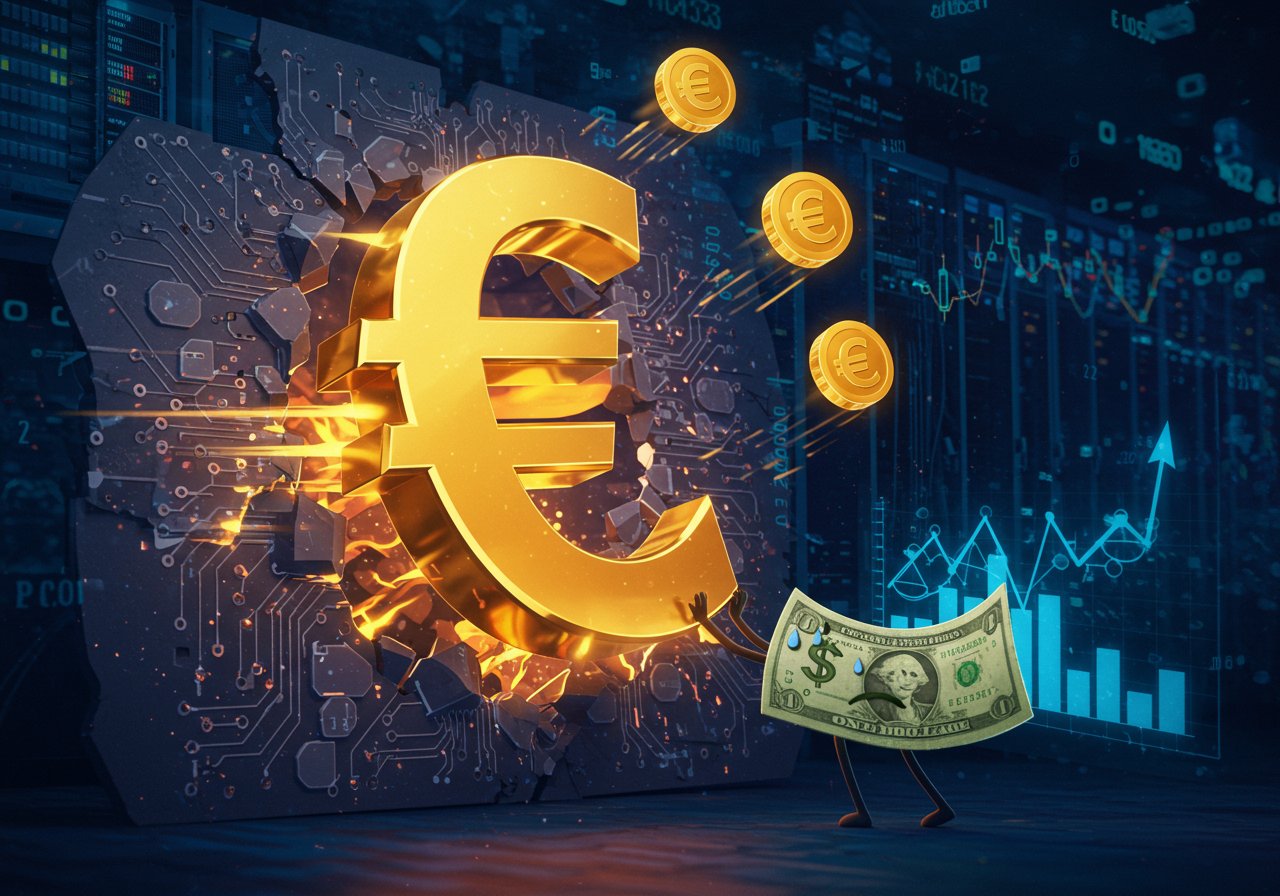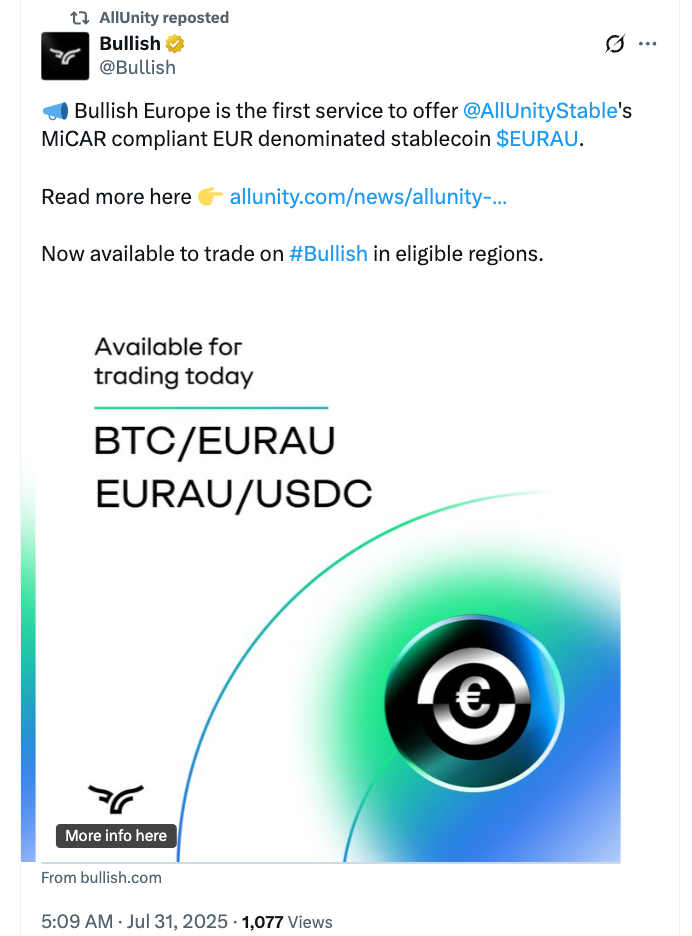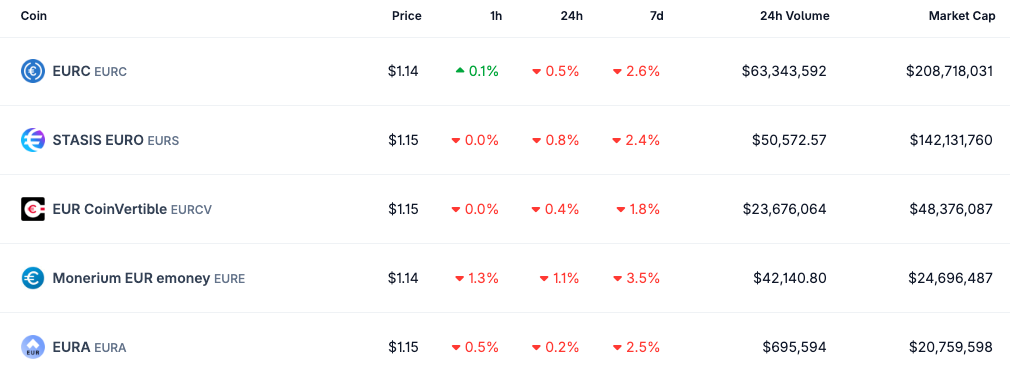
EURAU: A New Euro Stablecoin Emerges
The cryptocurrency landscape welcomes EURAU, a new euro-denominated stablecoin backed by a heavyweight consortium including Deutsche Bank’s DWS, Flow Traders, and Galaxy Digital, the venture led by Mike Novogratz. Launched on the Ethereum blockchain by AllUnity, a company formed and backed by these key players, EURAU has officially entered the market at the end of July. This launch marks a notable development in the growing stablecoin sector, specifically targeting the euro-denominated segment, which is still significantly smaller than its US dollar counterpart.
Regulatory Backbone and Market Positioning
EURAU distinguishes itself through its regulatory framework. It is under the supervision of the German Federal Financial Supervisory Authority (BaFin) and fully compliant with the European Union’s Markets in Crypto-Assets Regulation (MiCA). This adherence to regulatory standards provides a degree of credibility and security that may attract institutional and retail investors alike. Initially available as an ERC-20 token on Ethereum, EURAU plans to expand its presence to other blockchain networks by 2025, increasing its accessibility and reach within the crypto ecosystem.
Early Adoption and Ecosystem Partners
Bullish Europe, a BaFin-regulated cryptocurrency trading platform and custodian, has been selected as the first exchange to list EURAU. While Bullish is currently in the process of securing its MiCA license, its Frankfurt headquarters position it strategically for European expansion. The launch of EURAU has also brought together several key ecosystem leaders, including BitGo for custody, Metzler Bank, Tradevest Group, and others. This broad collaborative approach suggests an ambitious vision for EURAU‘s future.

Euro Stablecoins: A Growing Trend
Currently, euro-denominated stablecoins represent approximately 0.2% of the global stablecoin market. However, this segment has shown considerable growth, increasing by almost 60% since December 2024, according to data from Crypto.com. The dominance of US dollar-backed stablecoins, like Tether’s USDT, with a market capitalization that dwarfs euro-denominated options, has been a source of concern for some European financial authorities. This is despite the introduction of frameworks such as MiCA.
Future Implications and Challenges
The introduction of EURAU represents an attempt to establish a robust euro-based stablecoin. This could help decrease the dependency on the US dollar in the crypto market, aligning with calls from European Central Bank advisors for global coordination in stablecoin regulation. However, the market faces challenges: limited adoption, the complexities of regulatory compliance, and the need to attract users in a market still heavily influenced by US dollar-based options. EURAU’s success will depend on its ability to build trust, establish a strong ecosystem, and effectively compete with established stablecoins.



